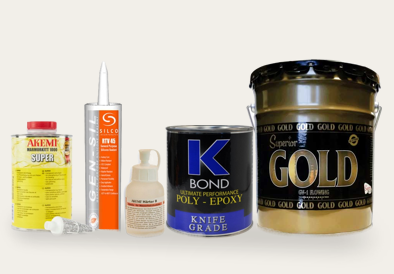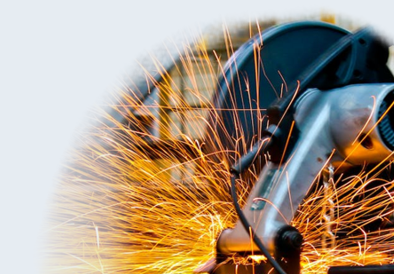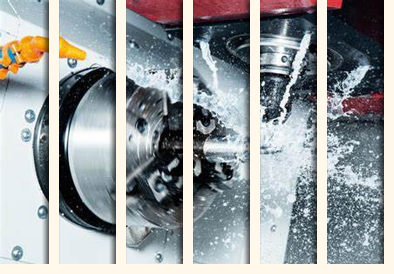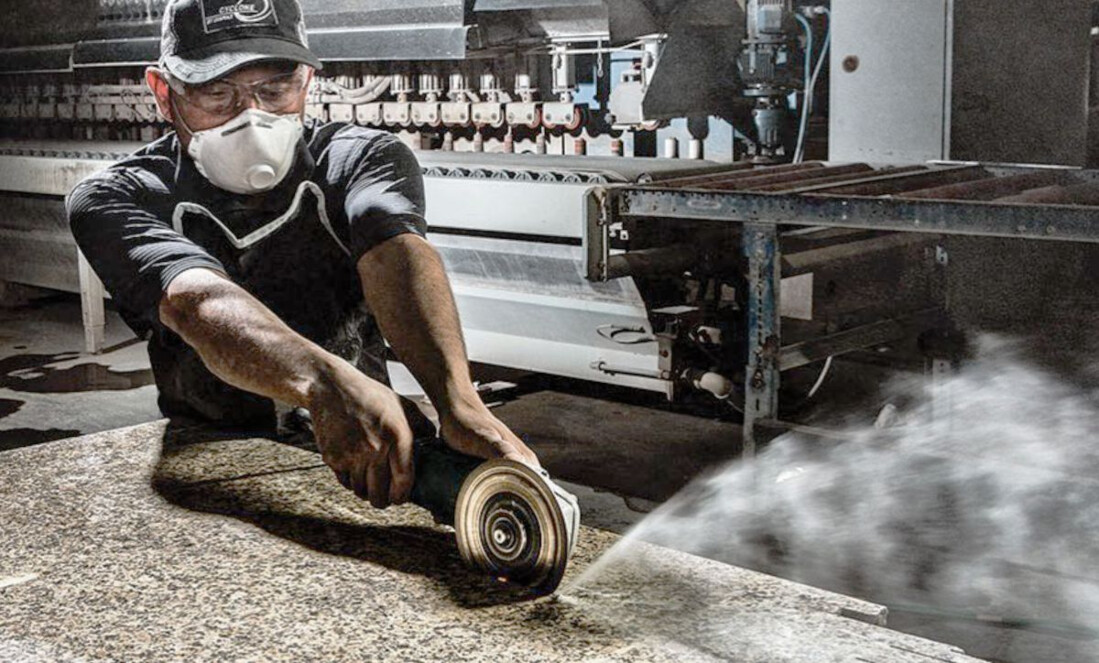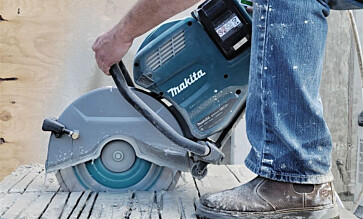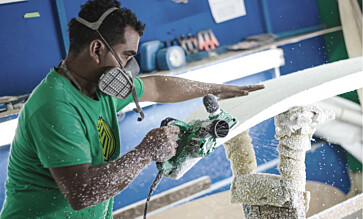Choosing the right blade for stone cutting is essential to achieve precise and efficient results while ensuring the longevity of both the blade and the stone. With a wide variety of blades available, each designed for specific stone types and cutting applications, it's important to understand the key factors that influence blade selection. In this guide, we'll explore the considerations and provide valuable insights to help you select the correct blade for your stone cutting needs.
Understanding Blade Types
Before delving into the selection process, let's familiarize ourselves with the common types of blades used for stone cutting:
- Diamond blades: Diamond blades are the most commonly used blades for stone cutting. They are specifically designed with diamond-impregnated segments or rims that provide exceptional cutting performance and durability. Diamond blades can be further categorized based on their bond type, rim design, and intended application.
- Segmented blades: Segmented blades feature diamond segments with gaps between them, allowing efficient debris removal during cutting. They are suitable for general-purpose stone cutting, including granite, marble, and other natural stones.
- Continuous rim blades: Continuous rim blades have a smooth, continuous diamond rim without any gaps. They offer precise and chip-free cutting, making them ideal for delicate materials such as ceramic, porcelain, and glass tiles.
- Turbo blades: Turbo blades have a serrated rim with segments designed for faster cutting while maintaining a clean edge. They are commonly used for various stone types, including granite, marble, and concrete.
Factors to Consider
When selecting the correct blade for stone cutting, consider the following factors:
- Stone type: Different stones have varying hardness levels and properties. Ensure the blade you choose is designed specifically for the type of stone you are cutting, whether it's granite, marble, limestone, or any other material.
- Blade diameter: Blade diameter determines the depth of cut. Select a blade size appropriate for your cutting requirements, considering both the thickness of the stone and the desired cutting depth.
- Wet or dry cutting: Determine whether you will be performing wet or dry cutting. Wet cutting generally provides better results, as it reduces heat and dust, prolonging the blade's lifespan. However, certain situations may require dry cutting, and there are blades designed specifically for dry cutting applications.
- Speed and efficiency: Consider the desired cutting speed and efficiency for your project. Blades with different rim designs and bond types can offer varying levels of speed and performance. Consult with professionals or blade manufacturers to determine the most suitable blade for your specific needs.
- Blade quality and lifespan: High-quality blades with superior diamond concentration and durable construction will provide longer life and better performance. Investing in a reputable brand and a high-quality blade will save you time, money, and the hassle of frequent replacements.
Blade Maintenance and Safety
To ensure optimal performance and safety while using stone cutting blades, follow these essential tips:
- Blade mounting and alignment: Properly mount the blade on the cutting machine, ensuring it is securely tightened and aligned with the direction of rotation. Misalignment can lead to poor cutting performance and blade damage.
- Coolant and lubrication: If performing wet cutting, use an appropriate coolant or water supply to keep the blade cool and minimize dust. Regularly check the coolant level and ensure consistent lubrication during the cutting process.
- Cutting technique: Use the appropriate cutting technique, including the correct feed rate and pressure, to prevent blade overheating, blade binding, and potential kickback. Follow manufacturer guidelines and seek professional advice if needed.
- Regular blade inspection: Inspect the blade before each use, checking for any signs of wear, damage, or diamond segment loss. Replace the blade if it shows significant wear or if segments are missing, as this can affect cutting performance and safety.
- Proper storage: When not in use, store the blade in a clean, dry, and secure location to protect it from damage and contaminants. Avoid placing heavy objects on top of the blade, as this can cause deformation.
- Safety precautions: Always wear appropriate personal protective equipment (PPE) such as safety glasses, gloves, and hearing protection when operating stone cutting equipment. Follow all safety guidelines provided by the tool manufacturer and adhere to local regulations.
Consulting Professionals
When in doubt or faced with unique stone cutting requirements, it is advisable to seek guidance from professionals or blade manufacturers. They can provide expert advice based on their experience and knowledge, helping you make an informed decision.
Conclusion
Selecting the correct blade for stone cutting is crucial for achieving precise, efficient, and safe results. Consider factors such as stone type, blade type, diameter, wet or dry cutting, speed and efficiency, blade quality, and maintenance practices. By following these guidelines and consulting professionals when needed, you can ensure optimal cutting performance, extend the lifespan of your blade, and achieve exceptional results in your stone cutting projects.
Remember, investing in a high-quality blade and prioritizing proper maintenance and safety practices are key to maximizing the performance and longevity of your stone cutting equipment. If you have any further questions or require additional guidance regarding blade selection for stone cutting, do not hesitate to reach out to industry experts or blade manufacturers. Happy cutting!

